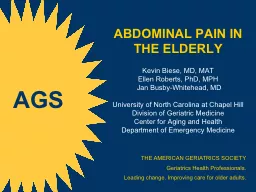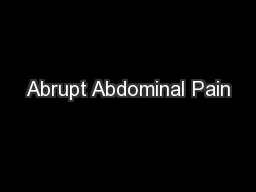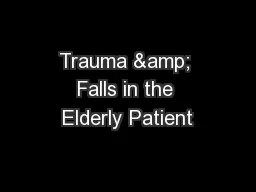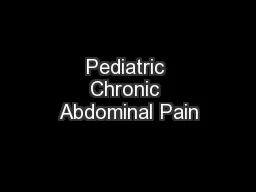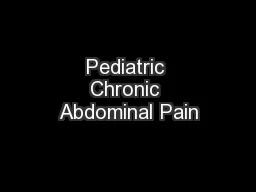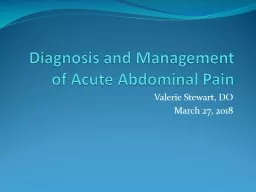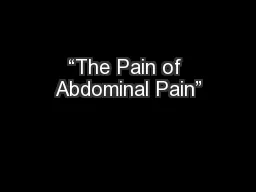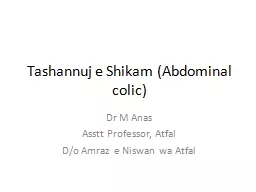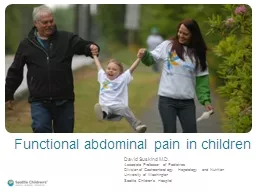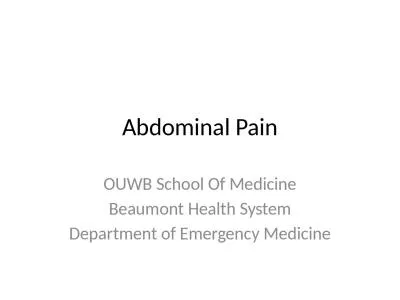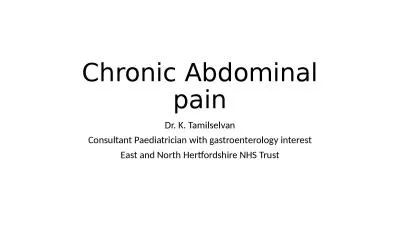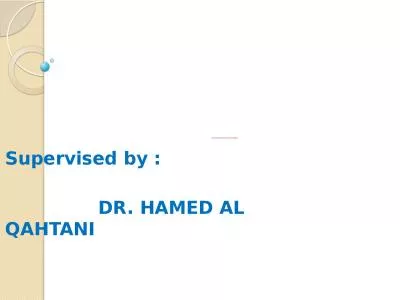PPT-ABDOMINAL PAIN IN THE ELDERLY
Author : nicole | Published Date : 2022-06-18
Kevin Biese MD MAT Ellen Roberts PhD MPH Jan BusbyWhitehead MD University of North Carolina at Chapel Hill Division of Geriatric Medicine Center for Aging
Presentation Embed Code
Download Presentation
Download Presentation The PPT/PDF document "ABDOMINAL PAIN IN THE ELDERLY" is the property of its rightful owner. Permission is granted to download and print the materials on this website for personal, non-commercial use only, and to display it on your personal computer provided you do not modify the materials and that you retain all copyright notices contained in the materials. By downloading content from our website, you accept the terms of this agreement.
ABDOMINAL PAIN IN THE ELDERLY: Transcript
Download Rules Of Document
"ABDOMINAL PAIN IN THE ELDERLY"The content belongs to its owner. You may download and print it for personal use, without modification, and keep all copyright notices. By downloading, you agree to these terms.
Related Documents

